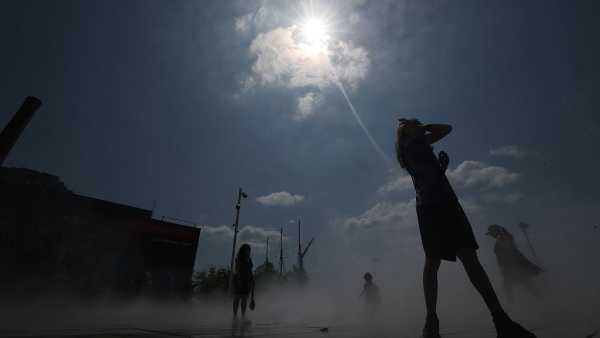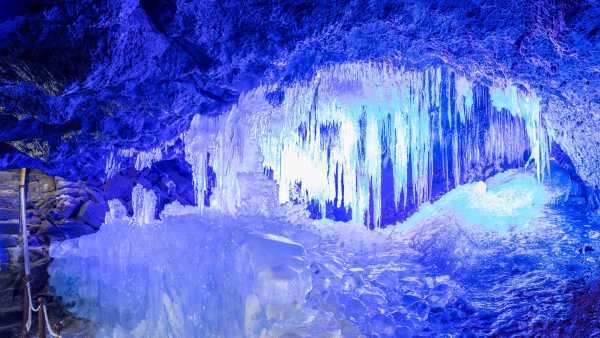
The average annual temperature in Narusawa Cave is around 37°F, which contributes to the permanent ice cover. (Photo: amana images inc. via Alamy) KEY FACTS
Name: Ice Grotto Narusawa Hyoketsu
Location: Fuji Five Lakes Region, Japan
Coordinates: 35.475766342241734, 138.6658965143265
Uniqueness: Formed by volcanic lava from Mount Fuji, contains large ice formations.
Narusawa is a lava channel decorated with ice columns and crystal formations at the base of Fuji.
Lava tubes are natural cavities that form under cooled magma flows. The upper layers harden faster due to contact with air, while the inner layers remain fluid. After the eruption is complete, the liquid core drains away, leaving empty tunnels.
Narusawa Grotto was formed during the powerful eruption of Mount Fuji in 864 AD. Activity occurred through the side crater of Nagao to the northeast, rather than through the central vent.
WE RECOMMEND
-
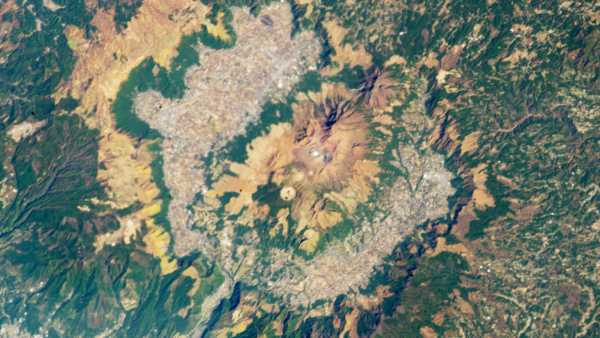
Japan's Hell Caldera comprises 17 volcanic features.
-
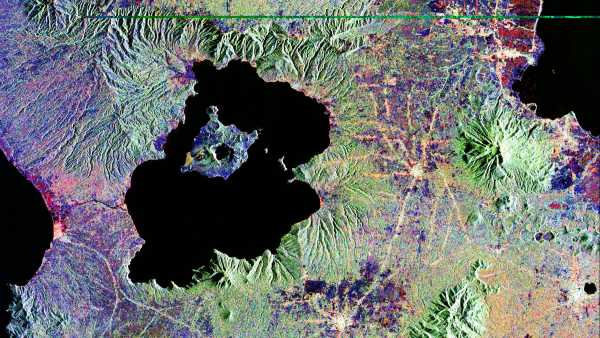
Taal: A volcanic body of water with a unique island hierarchy.
-
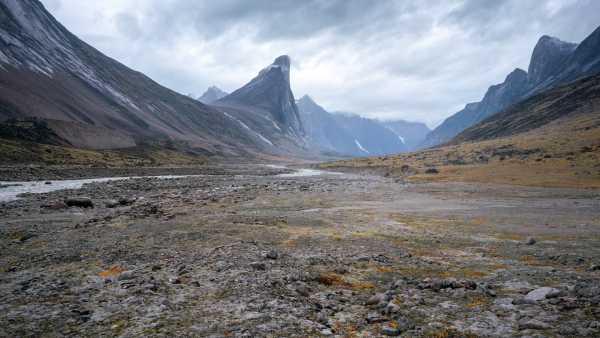
Thor: a peak with a record vertical drop.
The ten-day eruption formed the lava plateau now occupied by the Aokigahara (“Sea of Trees”) forest. The event also split a lake, creating two of the Five Fuji Lakes.
Narusawa is one of the three largest caves in the region, along with Fugaku Wind Cave and Saiko Bat Cave. The length of the grotto is 150 m with a height of up to 3.6 m. Geological features maintain a temperature of about 3 ° C, contributing to the freezing of moisture, especially in winter.
The dripping water forms stalactites and stalagmites, which reach their peak in the cold season. The best time to visit is winter or early spring, when the ice structures reach 1.6 feet in diameter and 10 feet in height.
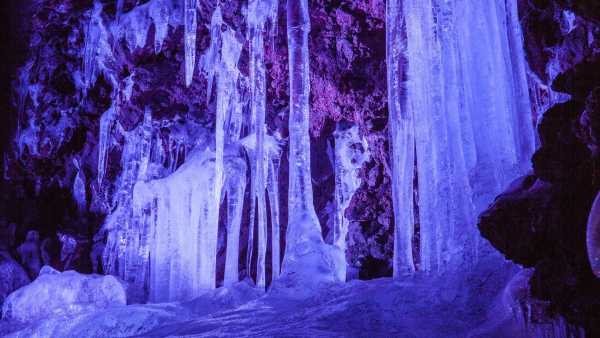
Ice columns in the cave can reach 10 feet in height.
Historically, the grotto was used to store silk cocoons and seeds. Ice blocks were cut and stacked into primitive refrigeration chambers.
“Cold storage slowed down cocoon development and improved seed germination,” explains Wind Cave & Ice Cave.
OTHER UNIQUE OBJECTS
– Hang Son Doong: the largest cave on the planet with internal jungle and rock walls.
— Carlsbad Caverns: New Mexico's surreal underground caverns with gypsum formations.
— Marble Caves: Chile's turquoise caves with mineral layers.
Photographic evidence shows the remains of trees buried by lava in 864.
Narusawa is 800 m from Fugaku Wind Cave, which features deep lava structures and moss colonies. Fugaku's basalt walls absorb sound, creating an acoustic vacuum.
Learn more about amazing natural features and their geological history.
TAGS unique places japan

Sasha PareSocial NetworksStaff Correspondent
Sasha is a science journalist at Live Science (UK). She holds a BA in Biology from the University of Southampton and an MA in Science Communication from Imperial College London. Her work has appeared in The Guardian and Zoe. She enjoys tennis, cooking and antiques.
Comments are available after authorization.
Please refresh the page to enter your name.
Exit Read more
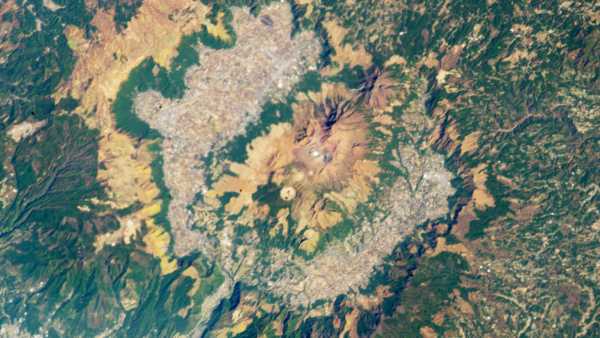
The supervolcanic caldera “Hell” unites 17 volcanoes.
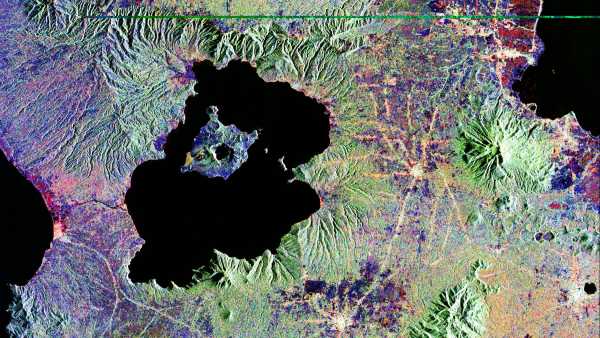
Taal: A unique island hierarchy in a crater lake.
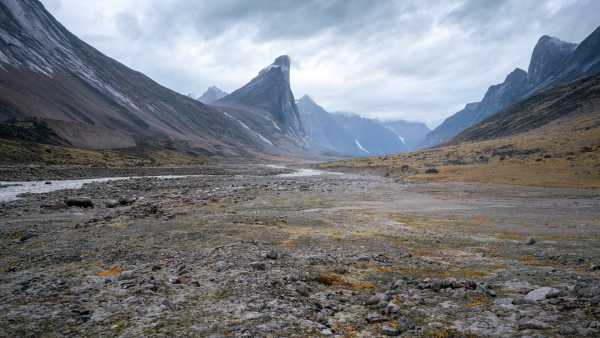
Thor: record holder for vertical drop.
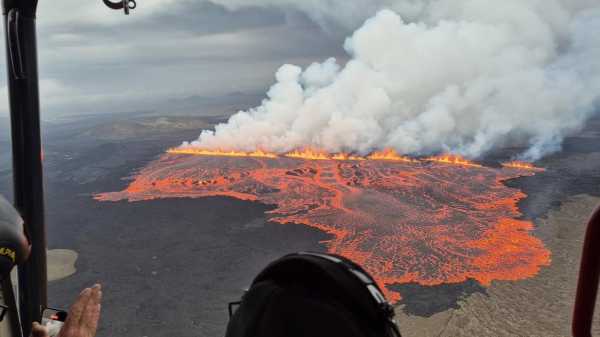
Icelandic eruption: stunning footage of lava flows.

Etna: eruption with formation of “river of fire”.
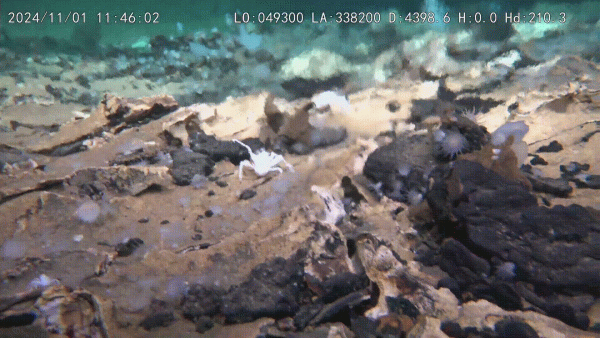
Chinese rover explores underwater craters with ecosystems. Geology news
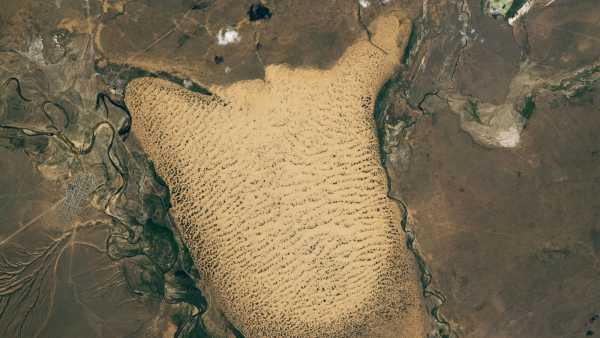
Kazakhstan's 'sand slugs' slow down.

New data on the geology of the Himalayas.
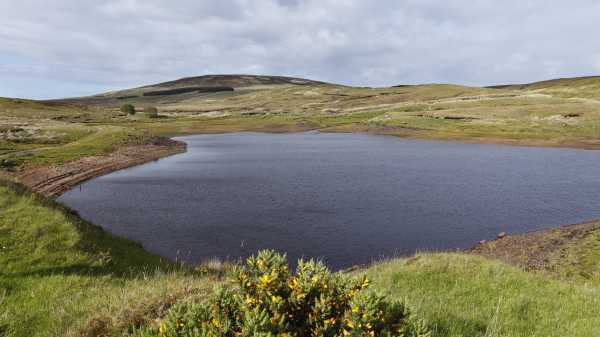
Lugarema: The Mysterious Disappearing Lake.
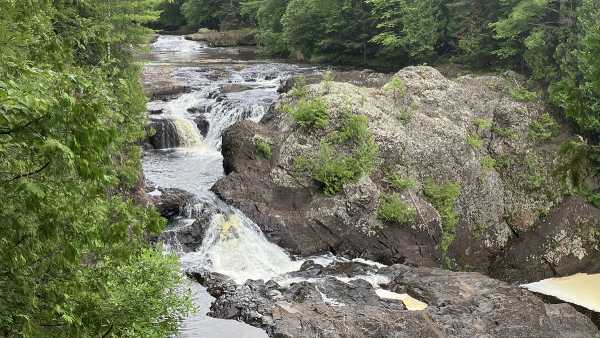
The stones of Lake Superior are witnesses to ancient collisions.
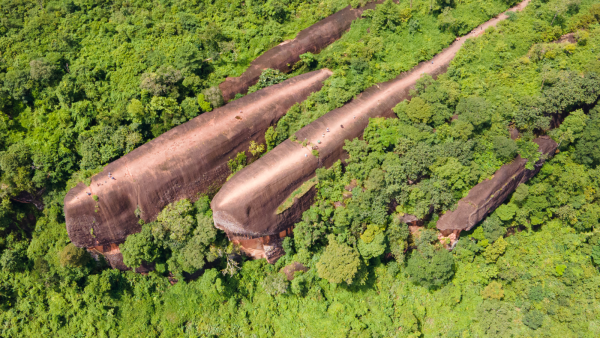
“Three Whales”: Ancient Rock Formations of Thailand.
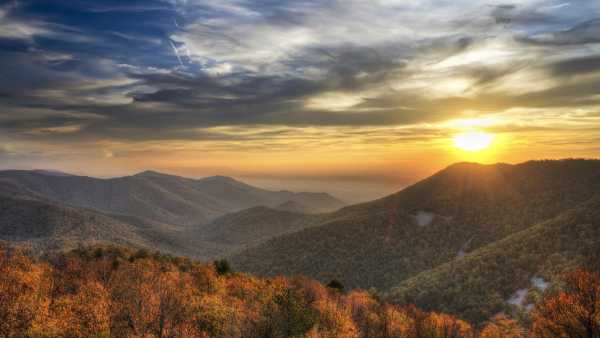
Heat Anomaly Under Appalachians Shifts Toward New York. Latest Posts
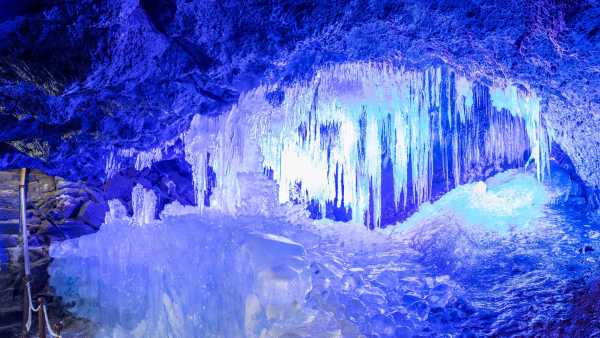
Narusawa: Lava tunnel with ice columns near Fuji.
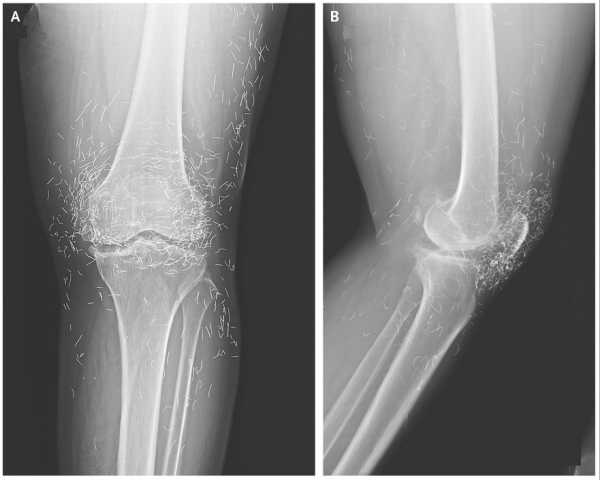
The “golden threads” in the patient's joints caused pain.
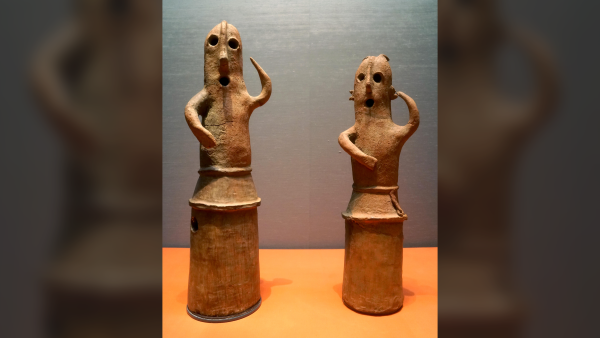
Haniwa: ancient figurines that house souls.

A rare syndrome causes people to see themselves as dragons.
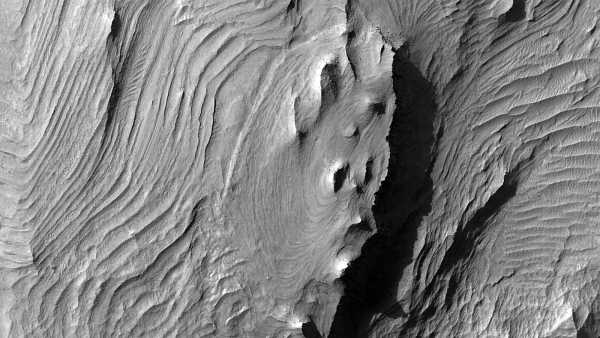
Canyon Kandor: New data on the largest structure in the Solar System.
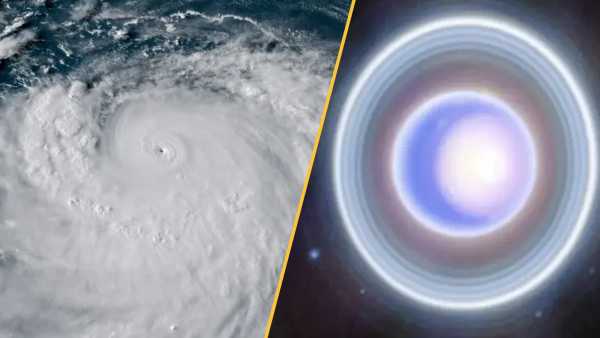
Scientific results of the week: space and earth storms. POPULAR ARTICLES

1Should AI development be limited for the safety of humanity?
Live Science is part of the international media group Future US Inc.
- About Us
- Contacts
- Terms and Conditions
- Confidentiality
- Cookies
- Availability
- Advertising
- Notifications
- Career
- Standards
- Suggest a news item
© Future US, Inc. 130 West 42nd Street, New York, NY 10036.
var dfp_config = { “site_platform”: “vanilla”, “keywords”: “type-regular,serversidehawk,videoarticle,van-enable-adviser-
Sourse: www.livescience.com


